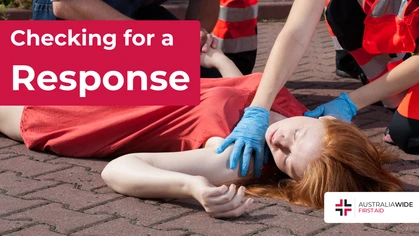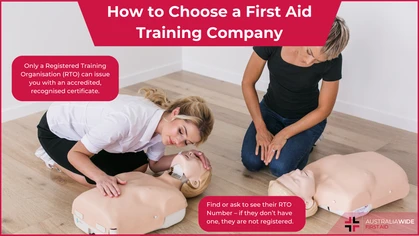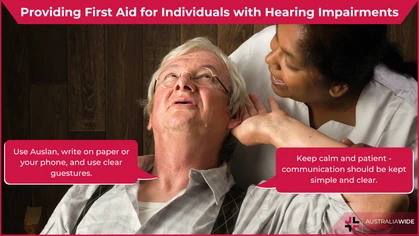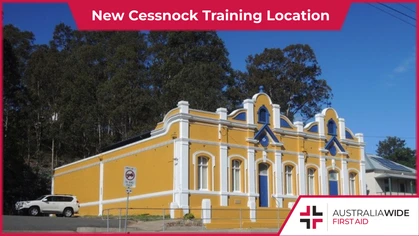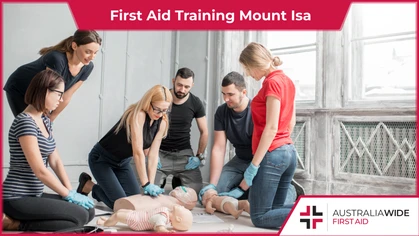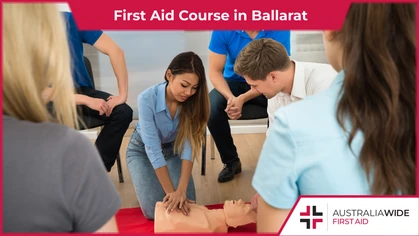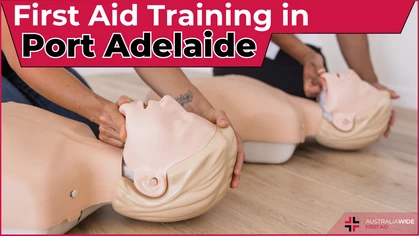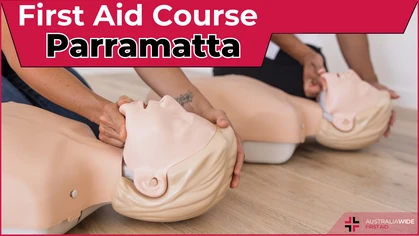How to Become a First Aid Trainer

First Aid Training
 Becoming a first aid trainer in Australia is a rewarding and impactful career choice that allows individuals to make a significant contribution to the community by imparting life-saving skills.
With an increasing emphasis on health and safety, the demand for qualified first aid trainers is on the rise.
This article will guide you through the steps to become a certified first aid trainer in Australia.
Becoming a first aid trainer in Australia is a rewarding and impactful career choice that allows individuals to make a significant contribution to the community by imparting life-saving skills.
With an increasing emphasis on health and safety, the demand for qualified first aid trainers is on the rise.
This article will guide you through the steps to become a certified first aid trainer in Australia.
Step 1: Obtain a Certificate IV in Training and Assessment
To legally deliver first aid training in Australia, you need to hold a Certificate IV in Training and Assessment. Without this qualification, you cannot be hired as a first aid trainer to deliver accredited courses. This qualification equips you with the necessary skills to plan, deliver, and assess training programs effectively. Accredited training providers such as TAFE offer this course, and completion is mandatory for obtaining trainer status.Step 2: Obtain First Aid Certification
To become a credible first aid trainer, you must first hold a valid first aid certification. Enrol in accredited first aid courses offered by reputable training organizations, such as Australia Wide First Aid. These courses cover essential topics such as cardiopulmonary resuscitation (CPR), wound care, and basic life support. This is especially important if you do not have a background in medicine, first response, or emergency response. It’s very difficult to teach something that you have no experience with. If you don’t have a current certification, we can work with you to obtain this.
Step 3: Stay Updated and Engage in Professional Development
To maintain your status as a first aid trainer, it's essential to stay informed about the latest advancements in first aid protocols and teaching methodologies. Engage in ongoing professional development through workshops, conferences, and continuous education programs. We work continually with our trainers to make sure their knowledge and skills are at the forefront of the field.Preferred Experience
Building hands-on experience in the field is extremely useful for aspiring first aid trainers. Prior work in roles that provide exposure to emergency response situations, such as paramedic, nurse, or emergency medical technician, are highly valued. This practical experience will not only enhance your skills but also contribute to your credibility as a first aid trainer. Students like to know that their trainer has real-world experience, and it helps when answering questions about different scenarios and what-ifs. Prior education or teaching experience are also highly regarded.Conclusion
Becoming a first aid trainer in Australia requires a combination of education, practical experience, and formal qualifications. By following these steps and staying committed to ongoing learning, you can embark on a fulfilling career that allows you to empower others with life-saving skills. As a certified first aid trainer, you'll play a crucial role in promoting community safety and well-being.
Originally published at
https://www.australiawidefirstaid.com.au/resources/how-to-become-a-first-aid-trainer
as part of the Australia Wide First Aid Articles Library
